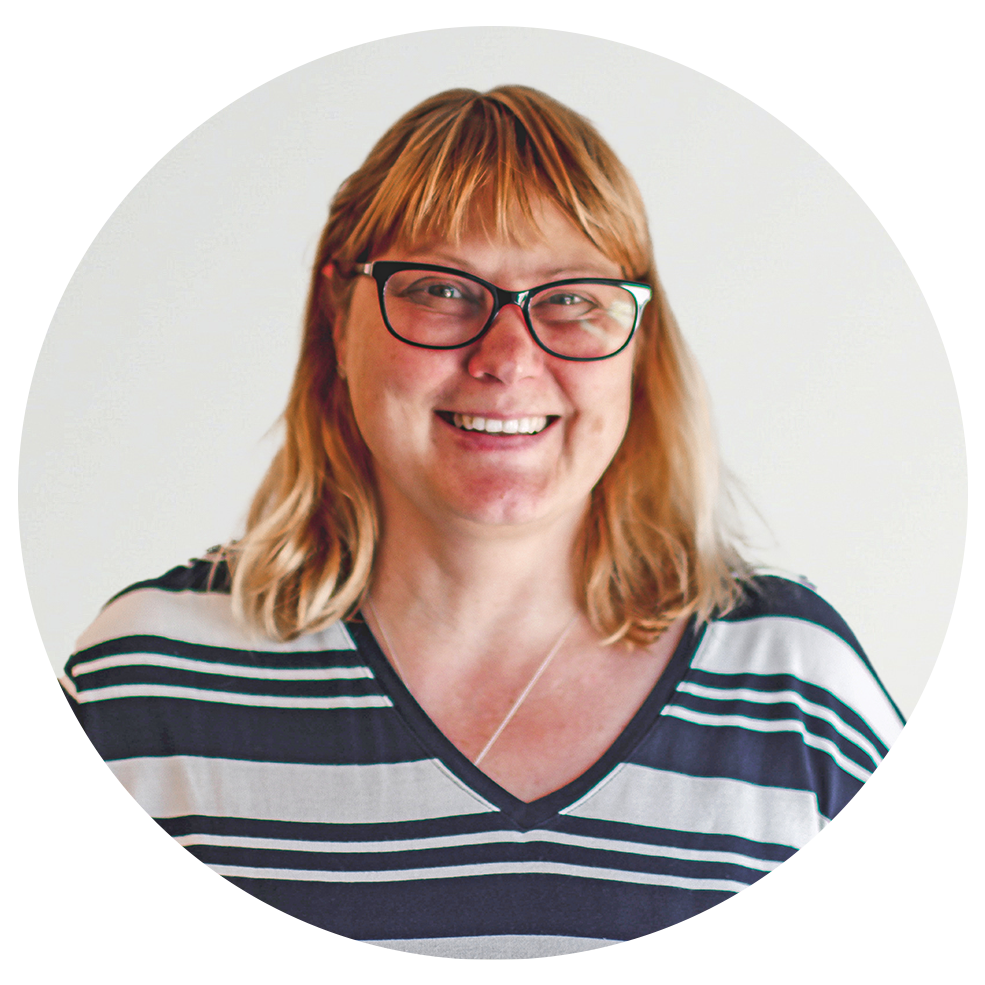Design for an aging population
By considering the changes that happen to us when we age and careful thought in the contents of the brief, we can produce interiors and environments that can enhance the experience of residents in our Care Homes. In this webinar we discuss those changes and the various ways to produce good interiors.
Learning Outcomes
- The physical and cognitive changes that occur when ageing
- What are the aims when designing for this sector
- Safety and security
- How to approach the project – what should be included in the brief
Meet our Experts

Jenny is a senior occupational therapist. She qualified in 1997 and completed her MSc in Neuro-rehabilitation in 2007. She has worked in Neurological Rehabilitation at the Battle Hospital in Reading, and the Rivermead Rehabilitation Centre in Oxford which became part of the Oxford Centre for Enablement in 2000. She moved into the Specialist Disability Service at the OCE from where she joined the Oxford MND Centre in January 2007.
Since August 2009 Jenny has been funded full-time by the Motor Neurone Disease (MND) Association to develop NHS wheelchair services across the UK, to improve wheelchair provision for people living with MND.

Gilly started Koubou Interiors in 2004, she has been CPD Director for the BIID and was Past President 2018-2019. Gilly also speaks at various events about designing for the ageing population, especially focusing on design constraints imposed by dementia and other disabilities.
People who watched this also watched...
Care home interior design taking away the mystique
This webinar gives an introduction to interior design in care homes. Learn how good design can enhance the well-being of residents with sensory and cognitive loss. Explore the impact of color on well-being. Gain insights on making informed decisions during refurbishments.
Beyond the cushion: Addressing pressure care challenges in specialist seating
With an increasing range of specialised seating solutions available to support service users with complex needs, clinicians are faced with more choices than ever. However, despite these advances, uncertainties around effective pressure care within seating systems remain a common concern among professionals.
This webinar aims to help you gain clarity and confidence in navigating pressure care challenges to achieve the best results in seating provision.
The importance of good clinical reasoning
In this two part webinar we will explore:
Part 1: What is clinical reasoning and why is it important – with a focus on the interchangeable terminology and obtaining a deeper understanding of the need for clinical reasoning.
Part 2: How do you clinically justify and how can we get better at it – the speakers will share their thoughts, tips and tricks on best practice.


